

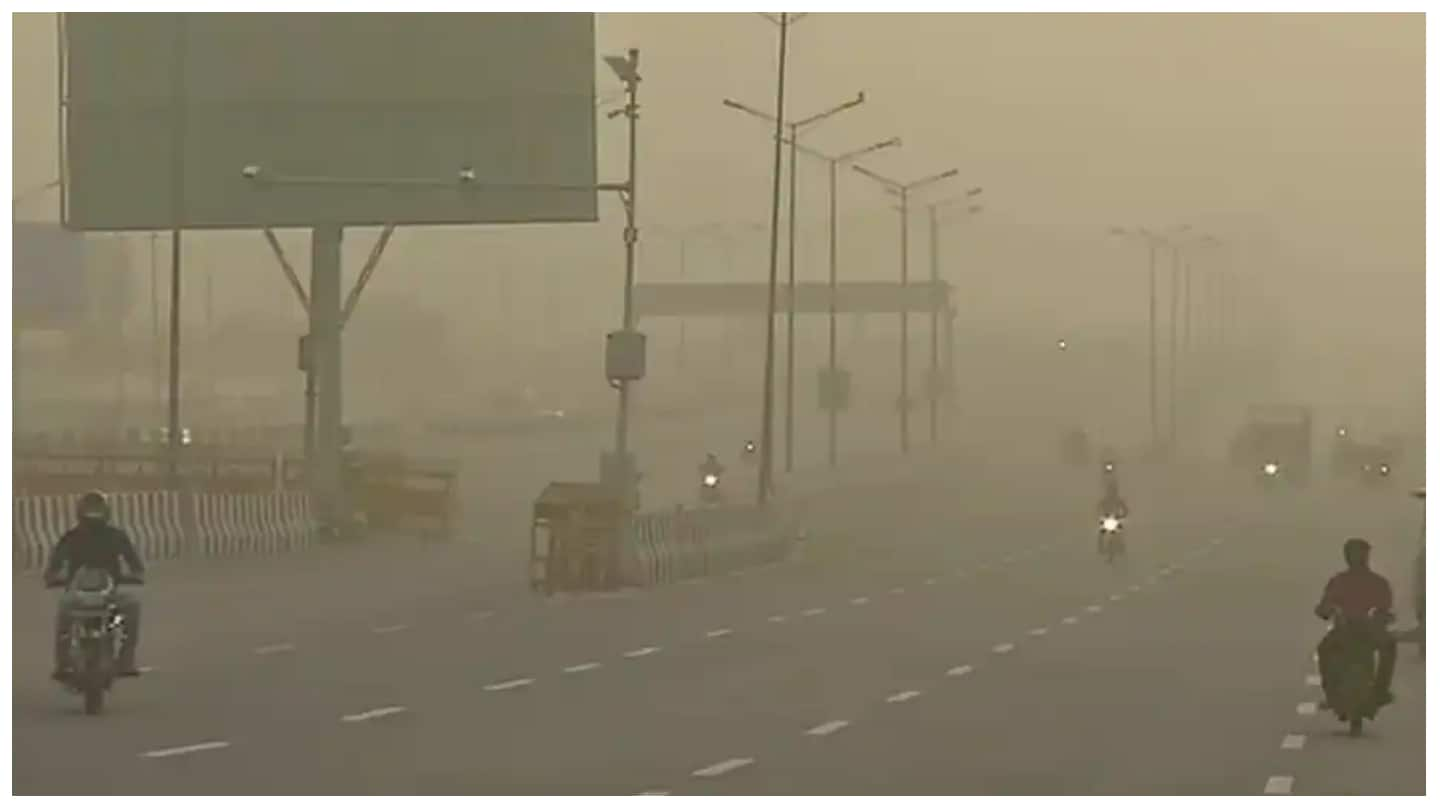
Delhi experienced a cold and breezy evening on Thursday, accompanied by dense fog that resulted in low visibility and added to the chill in the air. The city recorded its second-lowest daytime temperature of the season at 29.4 degrees Celsius. According to the India Meteorological Department (IMD), the maximum temperature on Wednesday was the lowest of the winter season so far. Visibility was also significantly affected, measuring at 200 metres at Safdarjung and Palam.
Dense Fog Blankets Delhi-NCR, Bringing Cold and Low Visibility
Background:
Delhi-NCR has been experiencing persistent fog conditions since the onset of the winter season. Fog is a common occurrence during the winter months due to the accumulation of moisture in the atmosphere and the cooling of the air near the ground. The region's proximity to the Yamuna River and the surrounding agricultural areas contribute to the formation of dense fog.
Current Situation:
On Thursday evening, Delhi-NCR witnessed a particularly dense fog that significantly impacted visibility. The visibility at Safdarjung and Palam was measured at a mere 200 meters, leading to difficulties for drivers and causing flight delays and diversions.
The fog was accompanied by a cold and breezy evening, with the city recording a daytime temperature of 29.4 degrees Celsius. This was the second-lowest daytime temperature of the season so far, adding to the chill in the air.
Impact:
Top 5 FAQs:
1. What causes fog? Fog occurs when warm, moist air comes into contact with a cold surface, causing the water vapor to condense into tiny droplets that hang in the air.
2. Why is Delhi-NCR prone to fog? Delhi-NCR is located in a low-lying area near the Yamuna River, which provides a source of moisture. The surrounding agricultural areas also contribute to the formation of fog.
3. Is fog dangerous? Dense fog can pose safety hazards for motorists and pedestrians due to reduced visibility. It can also aggravate respiratory conditions.
4. What are the health effects of fog? Prolonged exposure to dense fog can cause irritation of the eyes, nose, and throat. It can also aggravate respiratory problems such as asthma and bronchitis.
5. What can be done to reduce the impact of fog? Measures to reduce the impact of fog include improving air quality, using fog lights and headlights while driving, and taking precautions for people with respiratory conditions.

As winter sets in, North India is facing a hazardous rise in air pollution, with several cities recording ‘severe’ and ‘very poor’ air quality. Delhi, the nation’s capital, is currently covered in thick smog, causing the Air Quality Index (AQI) to reach dangerous levels. In response, the Delhi administration has implemented anti-pollution measures and advised vulnerable populations to limit outdoor activities. While some cities, such as Patna and Lucknow, also faced ‘very poor’ air quality, others like Pune, Hyderabad, Mumbai, Kolkata, Bengaluru, and Ahmedabad saw ‘moderate’ or even ‘satisfactory’ levels.

The Delhi Traffic Police has started cracking down on violators of the Graded Response Action Plan (GRAP) III in the national capital. On the first day of the ban on BS III petrol and BS IV diesel vehicles, around 550 challans were issued with a total fine of over Rs 1 crore. Additionally, 4,855 vehicles were also fined for not having a valid Pollution Under Control Certificate (PUCC). The ban also extends to inter-state buses from NCR cities into Delhi. Traffic police have intensified checking and returned over 300 prohibited vehicles, prosecuting those without PUCC certificates. This comes as the city faces severe air pollution levels and the Delhi government implements restrictions under stage III of the GRAP.
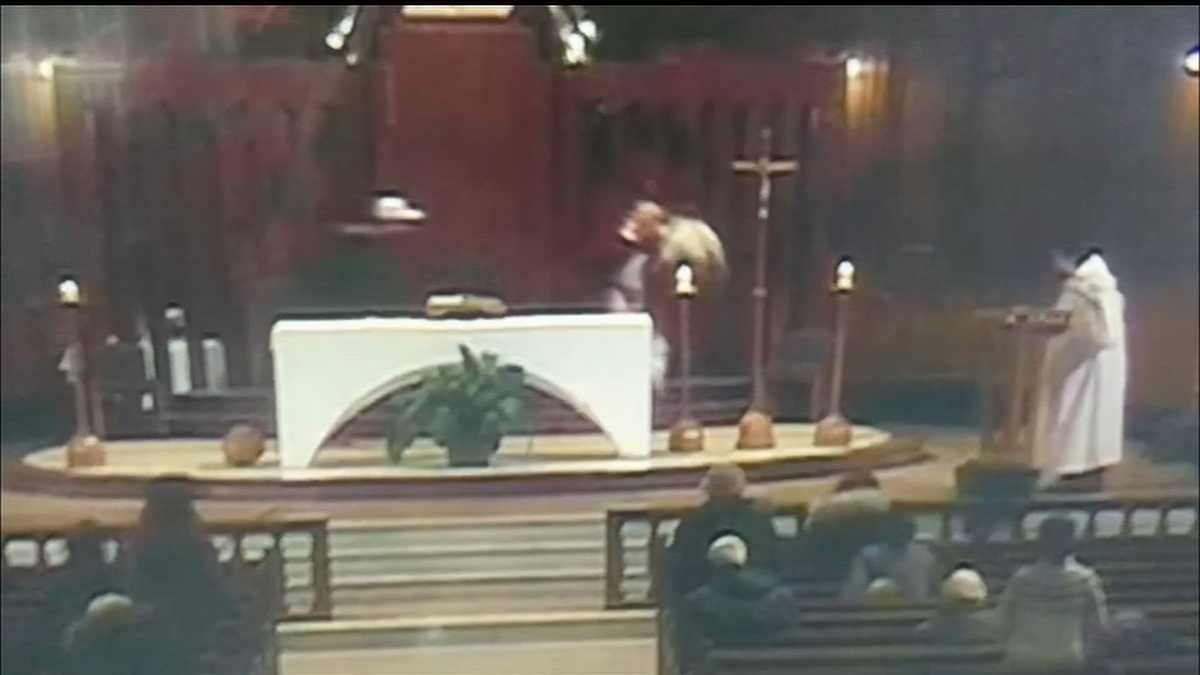
A Roman Catholic priest named Christopher Lee was stabbed inside a church in Singapore by a Singaporean attacker. The priest was in stable condition and the attacker has been arrested. Despite the rarity of violent crimes in Singapore, Prime Minister Lawrence Wong expressed shock and sadness over the incident and reminded that violence has no place in the city. Preliminary investigations suggest that the attack was not an act of terrorism and the suspect, a 37-year-old Christian from the local Sinhalese community, acted alone. Masses at the church will continue as scheduled despite the incident.
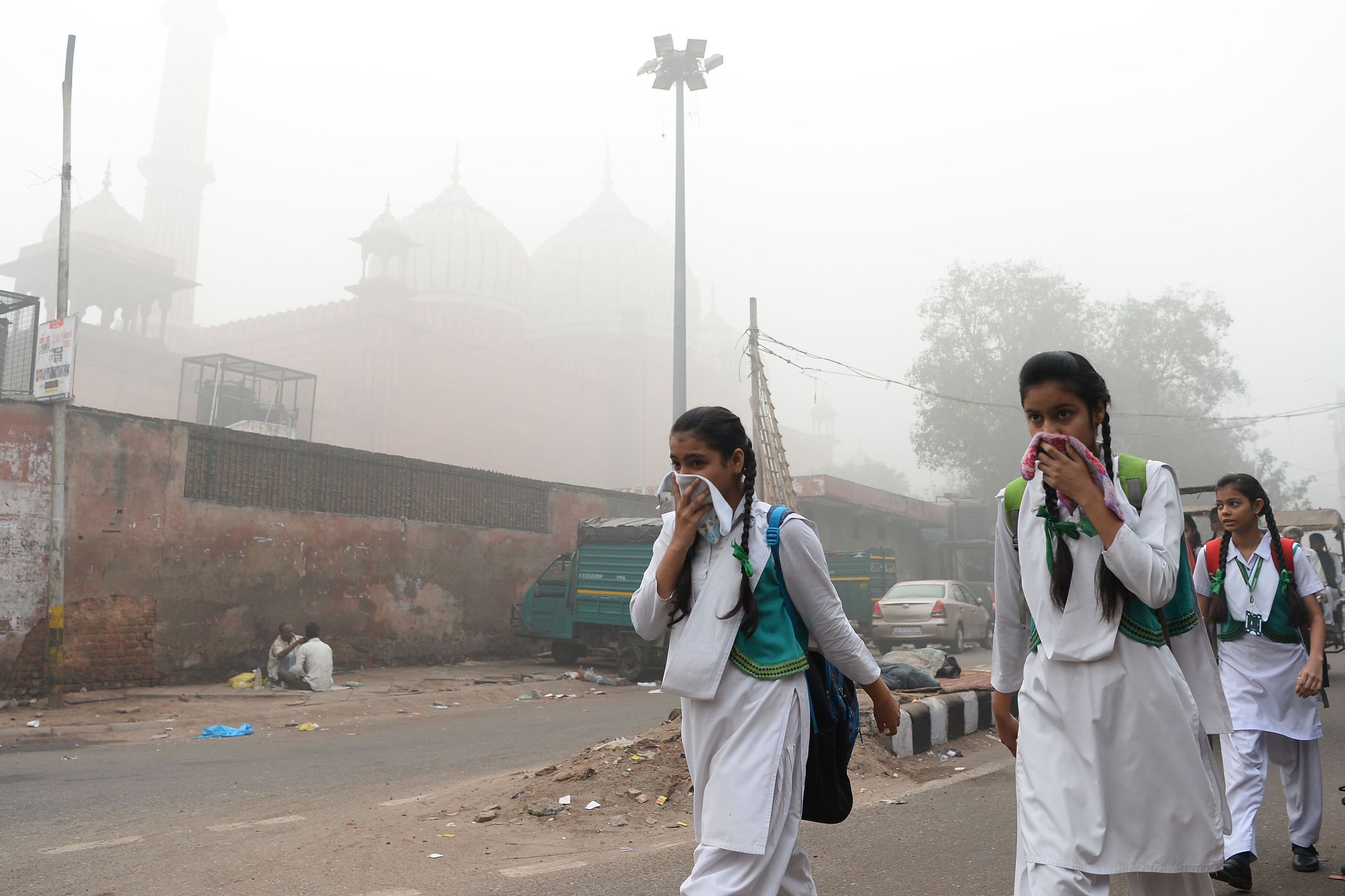
As Delhi's air quality reaches hazardous levels, Stage-IV of the Graded Response Action Plan has been activated, leading to shifts in daily routines for residents. The Commission for Air Quality Management announced that all students except for those in Classes 10 and 12 will switch to online classes until further notice. With the AQI exceeding 450, authorities are urging vulnerable groups to stay indoors and take precautions to protect their health.
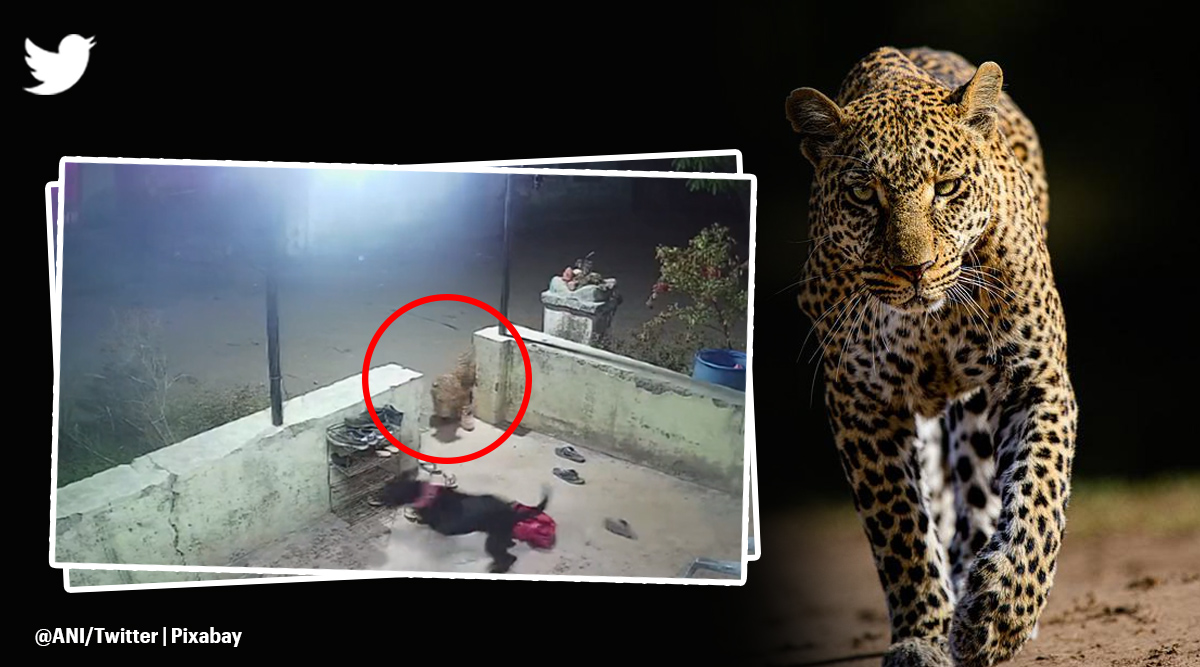
A CCTV footage from Rajasthan's Mount Abu capturing a leopard attacking a pet dog has gone viral, sparking safety concerns for tourists visiting the region. The alarming encounter shows the intense struggle between the big cat and the Labrador Retriever, with the dog eventually escaping after the leopard is distracted by a woman's screams. This incident serves as a reminder for visitors to remain vigilant and follow safety guidelines in areas known for wild animals.
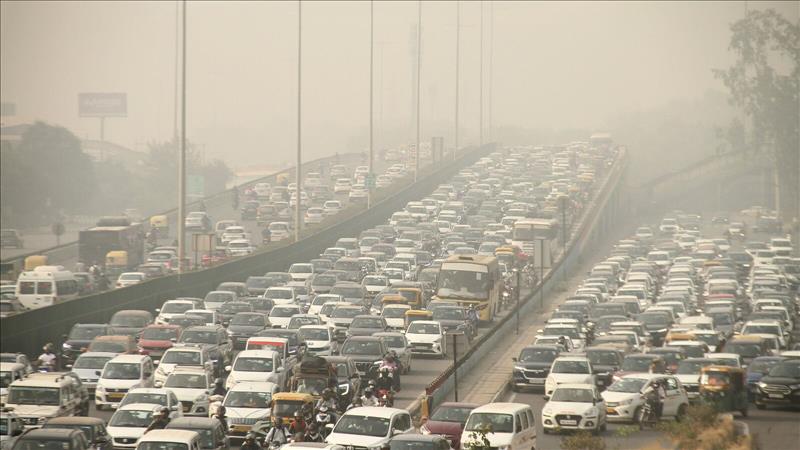
In response to the hazardous levels of air pollution in Delhi, the Commission for Air Quality Management has enforced stricter measures under Stage 4 of the Graded Response Action Plan. As a result, all schools in Delhi will transition to online learning except for Grades 10 and 12, and this decision will remain in effect until further notice. Additionally, Haryana has also implemented measures to address the poor air quality, with deputy commissioners being authorized to temporarily close physical classes up to Grade 5 in affected districts. Stay updated on the latest education news, exam updates, campus updates, and study abroad related news live on NDTV.com.
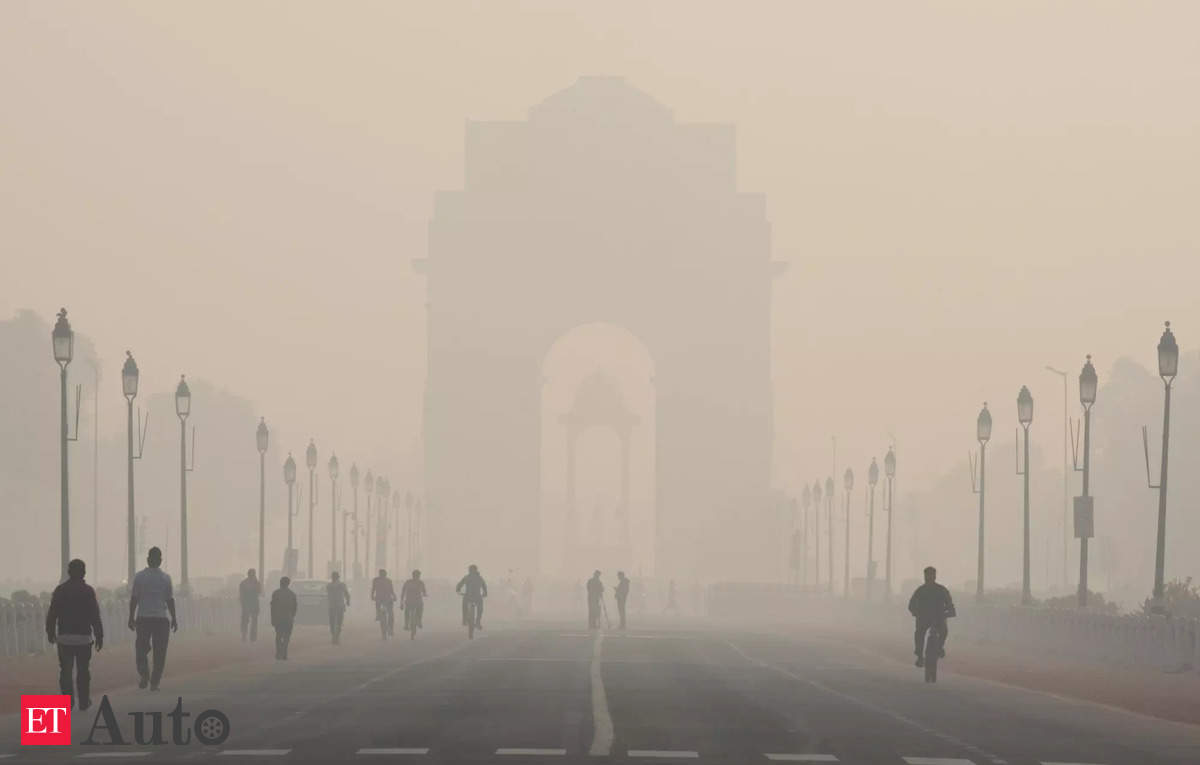
The Delhi government has taken strict measures to combat pollution and smog in the city by implementing GRAP Stage III, which includes a ban on BS-III petrol and BS-IV diesel vehicles. This comes as part of India's efforts to adopt Bharat Stage VI emission norms by 2020 and reduce air pollutants by 80%. The move aims to ensure a cleaner and healthier environment for the citizens of Delhi.

A tragic fire in the Neonatal Intensive Care Unit of Jhansi Medical College took the lives of 10 newborns and sparked a multi-level investigation by the Uttar Pradesh government. Deputy CM Brajesh Pathak announced that three separate probes will be conducted to determine the cause of the fire and any possible lapses. Hospital officials suspect a short circuit in an oxygen concentrator as the origin of the fire. While the incident was deemed "sad and unfortunate," BJP MLA Rajeev Singh Parichha highlighted that 35 infants were rescued. CM Yogi Adityanath has urged for swift rescue operations and support for affected families.

A shocking fire at Jhansi Medical College has taken the lives of 10 infants and left 16 others injured, as sources revealed the staff had ignored a previous short circuit. The state government has launched a 4-member committee to look into the incident while CM Yogi has offered financial assistance to the bereaved families. Meanwhile, politicians like PM Modi and President Droupadi Murmu have expressed their condolences and called for a thorough probe of the incident.